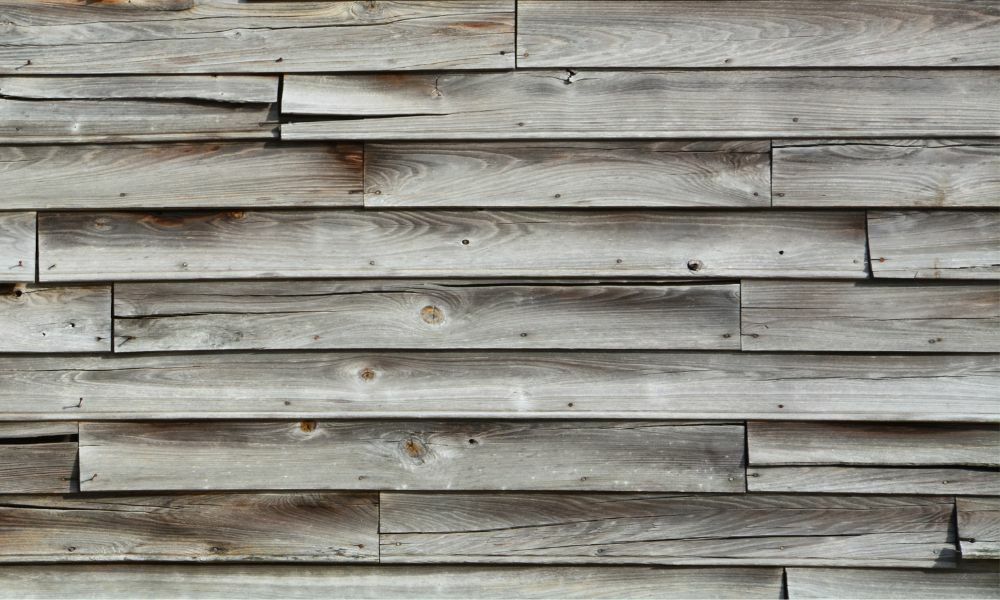Siding is a popular decorative and functional architectural technique. The slatted wall design protects a building’s exterior from external elements and intrusive pests while generating a textured and detailed appearance. Barn wood and vinyl are the most common materials used for siding, and both offer an array of pros and cons. Discover why reclaimed wood is superior for siding, and enhance your space with a protective exterior design.
Rustic, Natural Aesthetics
Wood is naturally rich in detail with its fiber grains, burls, and tone variations. Barn wood features even more characteristic textures because it’s reclaimed and showcases markings from its past. Reclaimed wood exudes a rustic aesthetic that brings charm to your space.
Vinyl, on the other hand, is a manufactured material with a plastic base. As a factory-manufactured item, vinyl sliding features smooth surfaces and very few characteristic or rustic details. Barnwood siding gives your space a homey and personal touch, while vinyl appears more pristine and generic.
Long -Term Durability
Although the slatted look adds a decorative touch to your space, the main purpose of siding is to protect a home’s exterior. Siding acts like a shield, protecting your home or commercial property from weather damage and intruding pests.
Reclaimed wood often derives from old-growth, dense, and solid lumber like oak and pine, making barn wood siding extremely durable. Vinyl is also very durable and scratch and weather resistant. Vinyl siding can last anywhere between 20 and 40 years. However, it is thin and susceptible to dents and cracking in extremely cold temperatures. Barn wood siding is made from wood that’s existed for hundreds of years out in the elements, and it can last for many more.
Real Estate Value
If you plan on selling your home or commercial property in the future, you need to consider what will give you the best price. The real estate market values certain architectural and design elements over others due to their demand, appearance, and functionality.
Whether it’s the flooring, walls, or decorative features, wood is in high demand in the real estate market. Many people love and desire the rustic and earthy qualities of wooden design elements. Vinyl, on the other hand, offers less value, as it’s easily accessible, manufactured, and common. Barn wood siding adds significant value to your property.
Eco-Friendly Architecture
Eco-friendly and sustainable spaces offer many benefits. They generate healthy atmospheres and help to save the planet. Reclaimed wood is natural and biodegradable, leaving behind little to zero waste. Barn wood also saves you from wasting resources; instead, you can reuse and recycle pre-cut and pre-loved lumber.
Vinyl’s material structure comes from PVC, a plastic and synthetic resource. Unlike reclaimed wood, vinyl is not biodegradable. Vinyl siding can sit in a landfill for years if not recycled or reused. Barn wood siding is a more eco-friendly and sustainable solution than vinyl siding.
Between barn wood and vinyl siding, reclaimed wood is superior. Enhance your property with reclaimed wood exterior siding from Benedict Antique Lumber and Stone, and enjoy a protective and aesthetically pleasing exterior!

